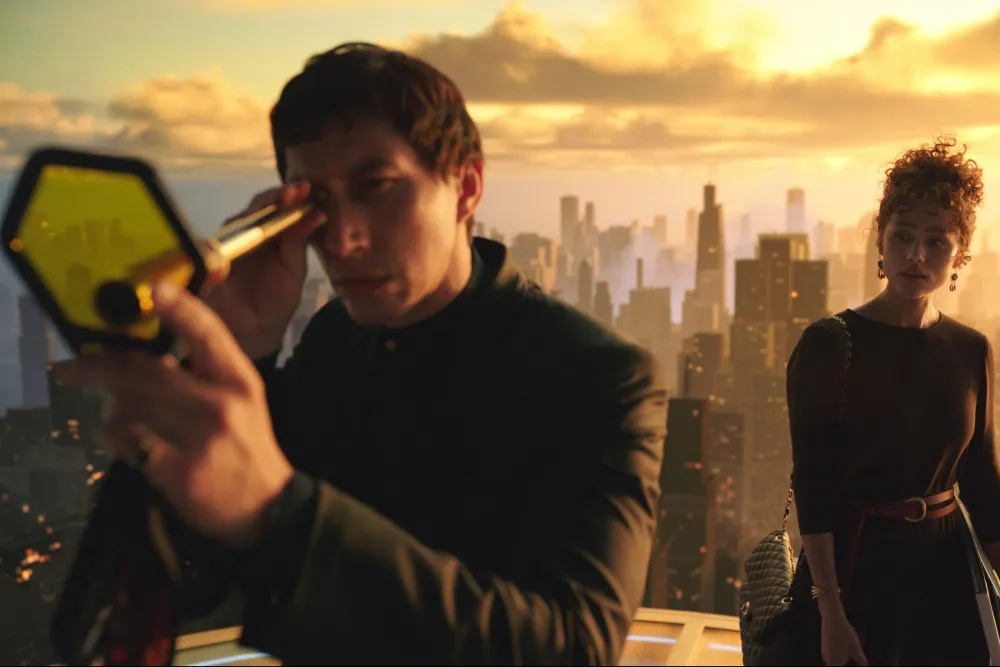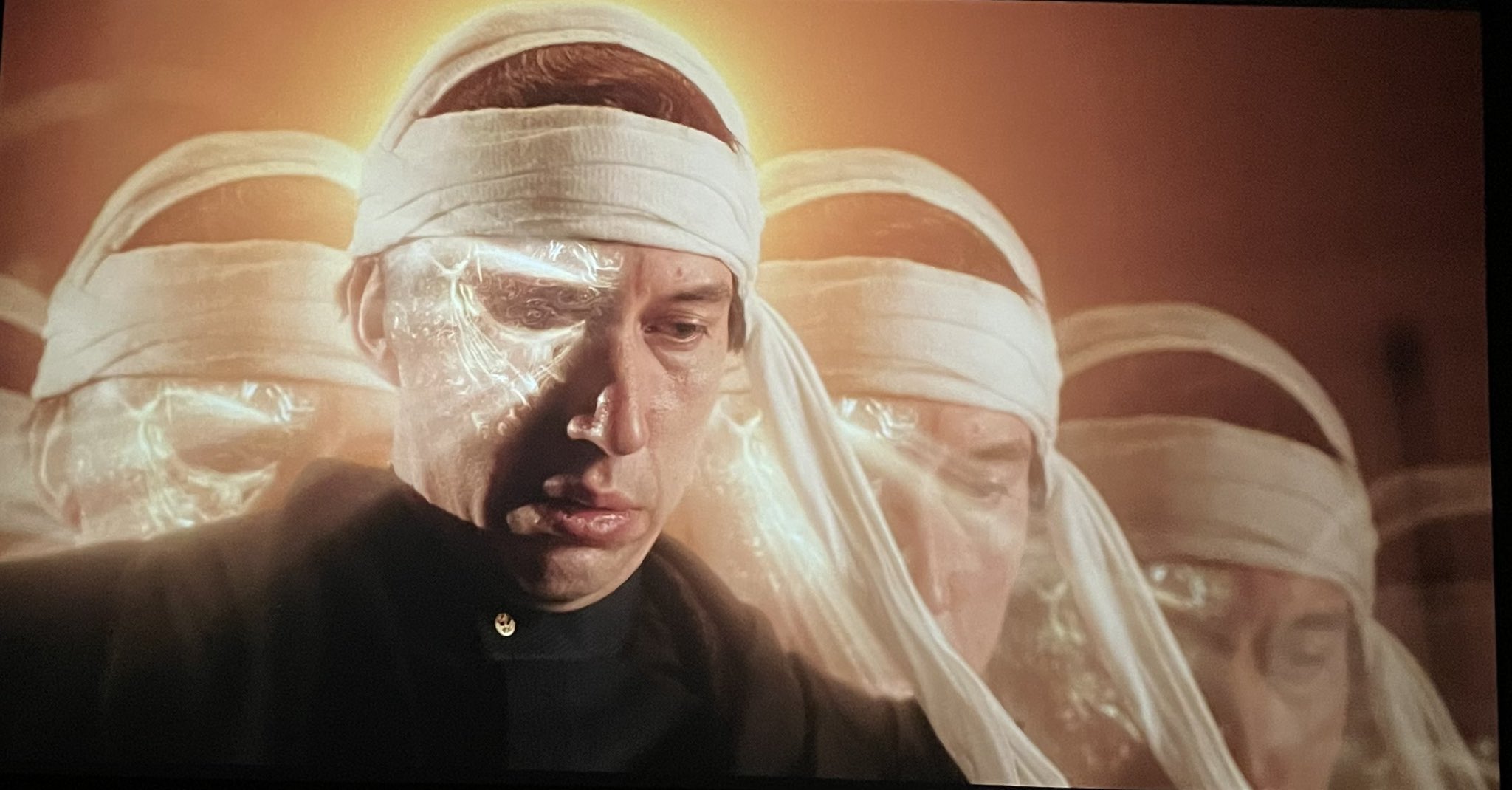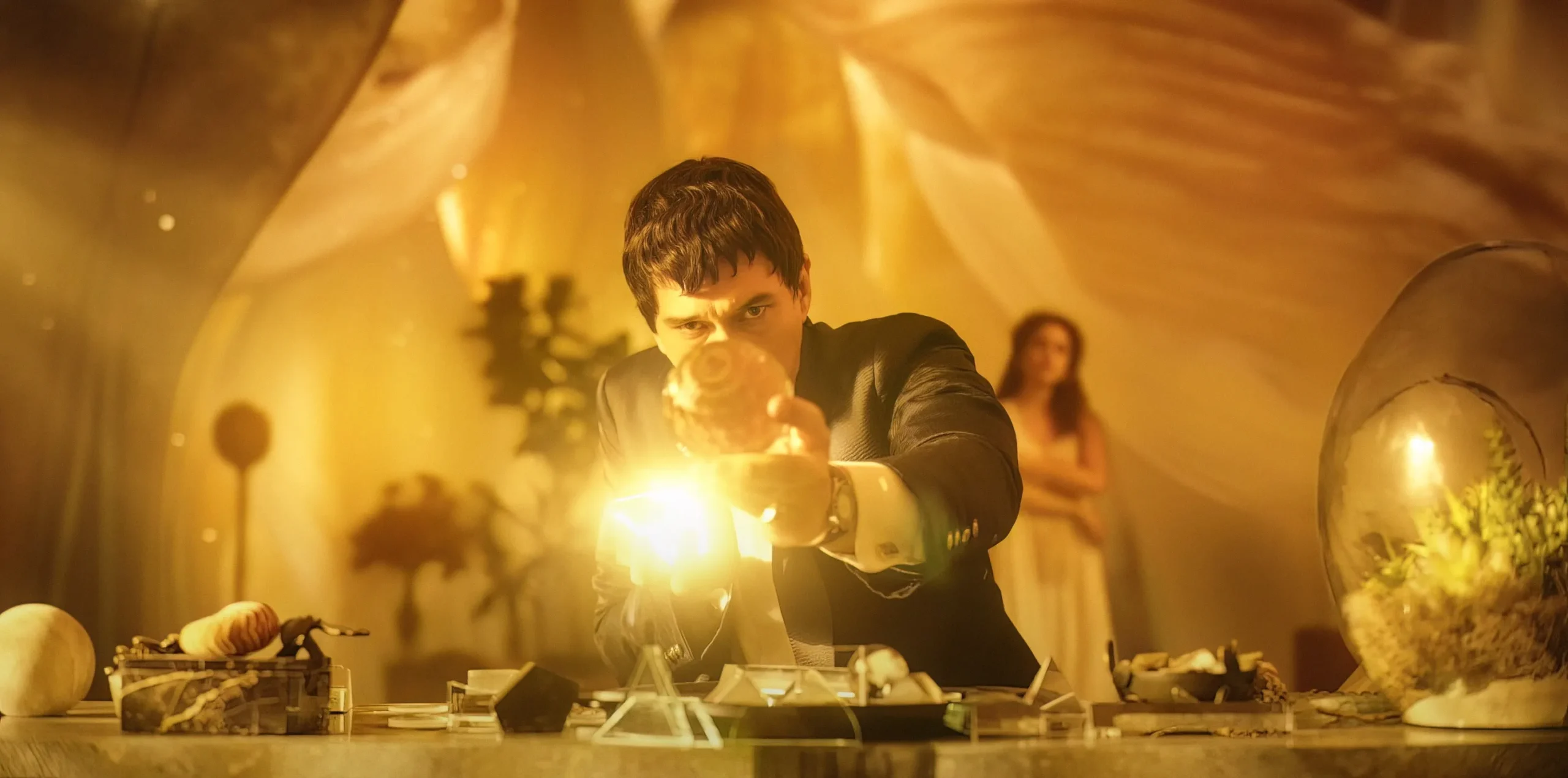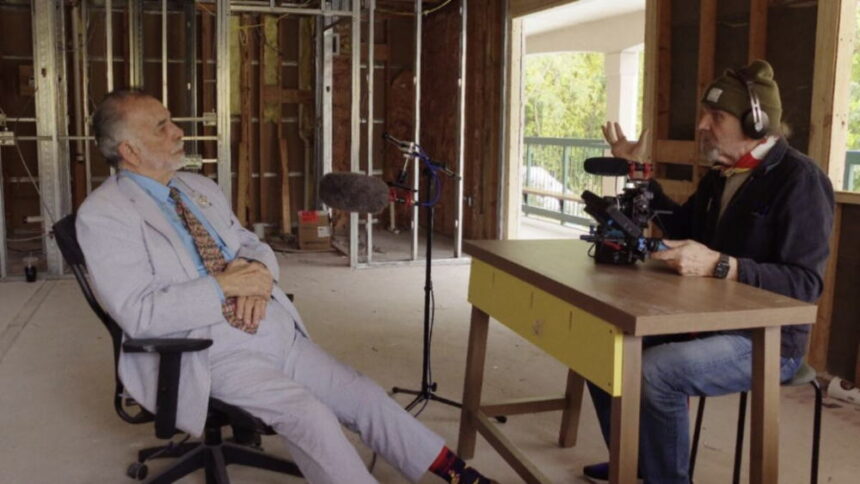Francis Ford Coppola (left) during a filmed interview for Megadoc, with director Mike Figgis (right) operating camera. Megadoc was shot over roughly 18 months, chronicling the entire journey of Coppola’s passion project Megalopolis. Figgis takes a “fly-in-the-wall” approach – small crew, small camera – capturing the ups and downs of prep, shooting and post-production as they unfolded. He told Deadline it’s been “a year and a half crazy ride” and insisted the film isn’t a puff piece – it has to be honest about what really happened. Coppola himself granted Figgis total access (even archive footage of past script drafts) and basically said “go where you want,” trusting him to film whatever he wished. In short, Megadoc aims to be a candid doccumentary (yes, purposely raw) rather than glossy PR – “not your usual puffy making-of film,” as one observer put it.
On-Set Drama and Revelations
Figgis’s footage reportedly pulls back the curtain on some explosive moments. The film captures Coppola firing the entire special effects department mid-shoot – a move Figgis blames on the crew’s “Marvel Universe” approach, a choice Figgis even says was wrong. In addition, several key creatives walked or were let go amid “creative differences”: the VFX supervisor, production designer and supervising art director were all fired during the shoot. There are on-set tense exchanges and disagreements (the doc never claims to explain whose version is “right” – as Coppola himself notes, it presents many interpretations for the viewer to sort out).
- Major firings: Coppola famously dismissed his entire VFX team on the spot. Other top crew (visual effects supervisor, art director, production designer) were sacked for “creative differences”.
- On-set tension: Figgis’s camera caught heated moments and disagreements throughout the shoot. (He emphasizes he remained a witness, not an instigator – Coppola “never told me to leave the room,” Figgis says.)
- Actor removals: Megadoc originally includes Adam Driver (the film’s star), but in a surprise twist Figgis says Driver’s PR team made him remove all of Driver’s footage after they saw an early cut. (By contrast, other stars stayed on camera – see below.)

Interviews and Appearances
Figgis interviews many of Megalopolis’s players and allies. Highlights include Aubrey Plaza, Dustin Hoffman and Shia LaBeouf – all three discussed their experiences making the film on camera. Notably, even George Lucas (a friend of Coppola) appears to offer perspective on his colleague’s methods. Coppola’s late wife Eleanor Coppola (director of Hearts of Darkness) was also interviewed, linking Megalopolis to her famed Apocalypse Now documentary. The result is a mosaic of voices – actors praising Coppola’s vision, others remarking on the unusual process – letting audiences piece together what went down.
- George Lucas: Gives insight as a longtime collaborator and admirer of Coppola.
- Eleanor Coppola: Francis’s wife and documentary-maker (famously behind Hearts of Darkness) appears to draw parallels to past epics.
- Aubrey Plaza, Dustin Hoffman, Shia LaBeouf: All three major cast members share anecdotes and impressions of working on the set.
- (Adam Driver’s absence): Although filmed, his scenes are omitted per his PR’s request – a notable editorial exclusion.

Distribution and Release Plans
In Spring 2025, Coppola’s family-founded label Utopia (run by his nephew Robert Schwartzman) acquired North American distribution rights to Megadoc. Utopia, which co-released Megalopolis in the U.S., is planning a theatrical rollout in Fall 2025. Figgis hopes to debut the doc at a top festival – he specifically mentions targeting Venice or Telluride this autumn – before the general release. The distributor cites Hearts of Darkness as inspiration: Schwartzman notes that Megadoc will offer “a behind the scenes journey spanning 40 years… one of the greatest filmmakers at work”.
- Utopia (North America): Acquired rights in early 2025, aiming for a theatrical fall release.
- Festival hopes: Figgis says he’ll premiere Megadoc at a major festival (Venice or Telluride) before cinemas.
- Re-release tie-in: Industry talk includes showing Megadoc ahead of a new run of Megalopolis. Figgis even notes there’s enough footage to split into five episodes, suggesting a future limited-series format (should they choose to serialize the doc).

Early Screenings and Reception
In March 2025 Megadoc was quietly unveiled in London to a private audience of industry “friends and family”. The screening was followed by a live Q&A – hosted by filmmaker Gareth Evans – at which Figgis discussed the project. Early reactions were positive: attendees reportedly were “enthralled” by the candid look behind the scenes, and Figgis confirmed he found the response encouraging. The London event wasn’t a public debut, but Figgis is now awaiting official festival buzz. (In the Q&A, he joked about hoping for Venice or Telluride, indicating he’s bullish on the film’s festival prospects.)
Going forward, Megadoc may serve multiple roles. Besides its stand-alone cinema run, filmmakers have floated using it as a lead-in to Megalopolis’s future screenings – effectively, screening both films together to give viewers context. And with the sheer amount of material, the project could later be expanded into an episodic series. For now, though, audiences can look forward to a fall festival run and theatrical release, with Megadoc shedding new light on the saga behind one of modern cinema’s most notorious productions.









